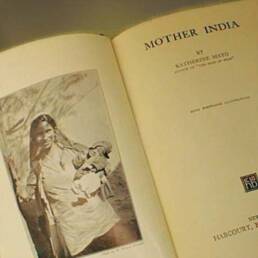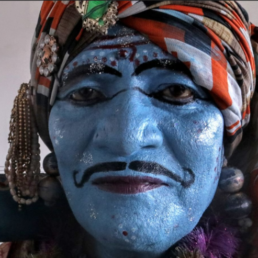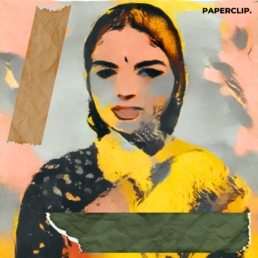When a Barrister from Calcutta went to Germany to get ideas to save his film business, no one expected him to journey back home with a Bavarian director, and together, change the Indian film landscape forever.
An avid film buff landed in Germany in the summer of 1924. Himanshu Rai, born into an aristocratic Bengali household in Calcutta and a barrister by profession, was always fascinated by the crafty world of theatre and cinema.
Rai’s advance towards the filmy world was accelerated after a meeting with Niranjan Pal, a playwright and son of the famous freedom fighter Bipin Chandra Pal. Both stayed in London at the time. In 1922, Rai supposedly came out with his first venture titled ‘Goddess’.
It’s unclear how the film did back then but Rai wanted to explore other ways and ideas to make better cinema. 1920’s German Film industry was the biggest in Europe and though the great war confounded problems, German technicians and directors were still sought after.
After landing in Germany, Rai made his way to Oberammergau in the Bavarian region. Oberammergau had a history with Christianity and every other decade, since the early 17th century, the life of Christ was enacted. This intrigued Rai.
Rai then contacted the Ostermayr brothers, owners of the Emelka Film Company, with the idea of making a film on Christ. But, it had to be scrapped and instead, the Munich-based Emelka and Rai decided to make a film on the life of Gautam Budhha.
This ‘exotic’ idea really appealed to the Ostermayr brothers. In addition to covering some of the production cost, Rai also suggested shooting in real-life locations in India with real Indian Actors. The Brothers instantly jumped onboard.
Emelka decided to send one of the brothers, 48-year-old Franz Osten, a director himself, along with some of their best technicians including cinematographer Josef Wirsching, production designer Karl von Spreti and assistant director Bertl Schultes, to assist Rai on the film.
For the next five months, the entire crew went about shooting in the sweltering heat of North-Western India with 30 elephants, laden with gold and jewels worth around $100,000 today, that belonged to Sawai Man Singh II, then Maharajah of Jaipur.
Rai took up the lead role and roped in Renee Smith to play the female lead. Renee was and is better known by her pseudonym, Seeta Devi. The film, Prem Sanyas (The Light of Asia), was finally released in 1925.
Though it had a lukewarm response in India, in Europe, and especially in Germany, the film was a huge success. It cemented Osten and Rai’s partnership for future collaborations. In 1932, Rai and his wife, Devika Rani, the first Diva of Bollywood, founded the Bombay Talkies.
Rai enlisted Osten again, and some of his German colleagues, in this new venture where they would help their Indian colleagues learn the best cinematic techniques and practices. Come to think of it now, it’s no wonder that Bombay Talkies was way ahead of its time.
Osten made 16 feature films for Bombay Talkies from 1935 to 1939, that too without even speaking any of the local languages. Although considered only a minor director back home, he really made a dent in the early Hindi Film landscape.
During the war in 1939, Osten was arrested by British authorities in the midst of shooting a film and later deported to Germany. He never made a film again. Tragically, Rai died a year later and left a gaping hole in Bombay’s film world at the time.
Interestingly, Osten directed one of the earliest super hits in Hindi films, ‘Achhut Kannya’, starring Devika Rani and a young Kumudlal Ganguly. On the sets, Osten had told Ganguly that he would never make it in the film industry.
Ganguly, better known by his stage name ‘Ashok Kumar’, would go on to be one of the tallest figures in the industry. Fortunately, Osten’s prediction was more than wrong.
Sources: http://whatsupgermany.de/germans-in-the-bombay-film-industry/, https://www.dw.com/en/a-bavarian-in-bombay/a-1096762, Wikimedia




